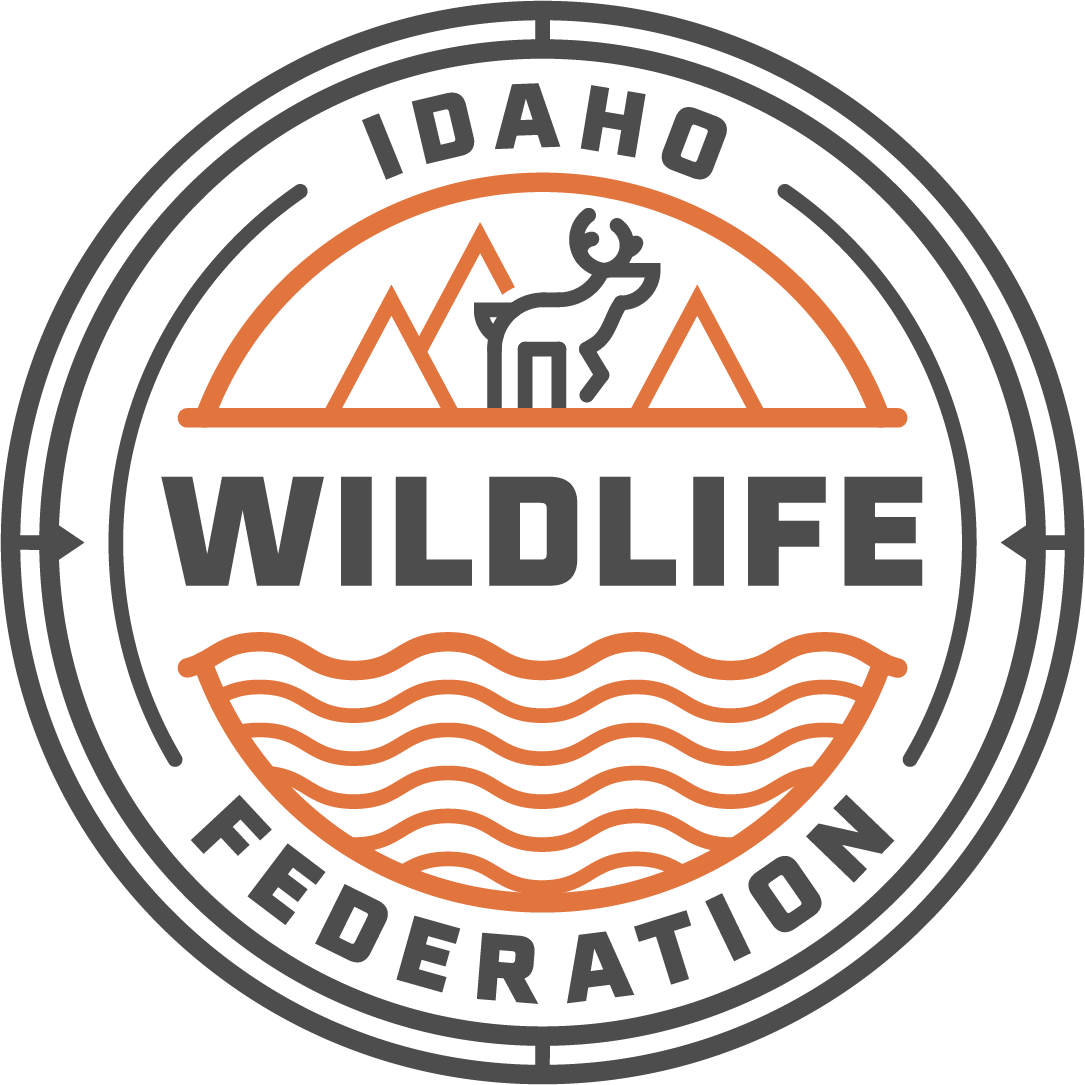PHOTOS: Elevating the Priest River Project
By Kyle Maki, IWF Staff
Near the Canadian border, Priest Lake–over 300 feet deep with more than 80 miles of shoreline featuring a panoramic view of the breathtaking Selkirk Mountains– is considered by many to be “Idaho’s Crown Jewel”.
While the lake may be a household name and vacation destination, what flows south is another story.
The Priest River exits Priest Lake at Outlet Bay and winds its way south 45 miles to the Pend Oreille River, carving its way through north Idaho timber, often out of earshot and view from the nearest road. Riffles and pools that to a fisherman’s eye look more than deserving of a cast–or three–add to the intrigue.
Unfortunately, the Priest River lacks thriving trout populations due to summer water temperatures sometimes exceeding 80 degrees!
While the Priest River has always suffered from warm summer water temperatures, historically these fish were able to escape the warming river during the summer by moving upstream into the cool waters of Priest Lake.
The Outlet Bay Dam built in 1950 to regulate lake levels stopped this annual migration.
“Priest River is classified as “temperature-impaired” under the Clean Water Act,” IDFG said in a recent press release. “Priest River is home to a variety of fish species, including westslope cutthroat trout, bull trout and mountain whitefish. The bull trout seasonally migrate in from Lake Pend Oreille, as do some of the cutthroat, while the whitefish are regular river residents. However, because of the river’s temperature limitations, these fish species occur at very low densities relative to other nearby waters.”
IDFG has been working diligently on the Priest River since 2013. Recently, IWF and other conservation partners took an EcoFlight tour of the Priest River in order to literally elevate our engagement to a watershed level. IWF hopes to give northern Idaho anglers the opportunity to experience a fish-filled day on the Priest by working with local sportsmen & women, and local communities to rectify the river’s temperature impairment through a number of potential options.
Stay tuned to the latest in this ongoing project by subscribing to our Priest River Project mailing list below.















